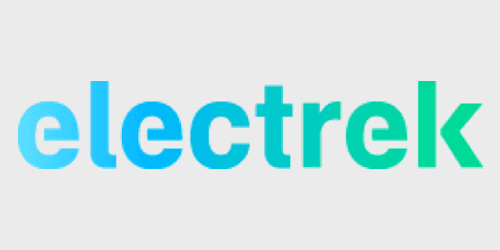
 Digital license plates are a relatively new concept that could open up the transport industry to an array of new features. Beyond the Big Brother-like properties the implementation of the technology could enable, like location tracking or alerts for expired registrations, it could also greatly facilitate fleet management and transfer of ownership – things that are crucial for the future of mobility to embrace autonomous driving and ride-sharing.
Digital license plates are a relatively new concept that could open up the transport industry to an array of new features. Beyond the Big Brother-like properties the implementation of the technology could enable, like location tracking or alerts for expired registrations, it could also greatly facilitate fleet management and transfer of ownership – things that are crucial for the future of mobility to embrace autonomous driving and ride-sharing.
We learned that among Apple’s hundreds of recent hires with automotive experience, the company hired a veteran software engineer with an expertise in fleet management software and especially digital license plates.Before going to work at Apple as a “Secret Agent” on “special projects” according to his LinkedIn profile, Rónán Ó Braonáin was Director of Engineering at Reviver, a stealth startup working on what Braonáin called “the world’s first digital license plate”. Prior to his stint at Reviver, Braonáin spent 5 years as a software engineer at BMW before becoming Chief Technology Officer at Vision Fleet, a company offering electric vehicle fleet management software and financing to businesses.
Prior to his stint at Reviver, Braonáin spent 5 years as a software engineer at BMW before becoming Chief Technology Officer at Vision Fleet, a company offering electric vehicle fleet management software and financing to businesses.
From an economic standpoint, the adoption of a digital license plate standard makes sense – at least for the government. The state could save millions on administrative costs related to car registrations and bring in significantly more revenue by changing the display to “expired registration” or something similar to incentivize drivers to pay their registration fees.
The technology has the potential to significantly reduce the workload of the DMV and could also be useful to further automate tolls and parking fees, but the potential for innovation goes way beyond administrative efficiency.
Digital license plates could facilitate to process of sharing a vehicle or participating in a subscription based car-sharing program by allocating plate identifications to drivers over vehicles or maybe even a combination of both. In a world where car-sharing programs are becoming increasingly more popular, digital license plate technology could find itself a key technology to facilitate the adoption of new models of mobility.
There are some hurdles to overcome before the technology can make it to market. Visibility and durability under harsh weather and road conditions being the main technical challenges, but if Apple is indeed working on the concept for Project Titan, it could potentially give more legitimacy to the technology and help the effort to try to make it a standard.
Also noteworthy, Braonáin worked on BMW’s time-of-charge program for electric vehicles. Here he describes his latest position at the company:
Programmed smart charging applications in Java EE to make EV charging (a) more green, based on wind energy availability, (b) cheaper, based on adherence to a TOU tariff plan, (c) customisable, based on customer preferences and mobile app control.
Furthermore responsible for smart home HW/SW; its installation at the office; and integration of the EV into the smarter future home.
BMW started testing this program, now called “BMW i ChargeForward”, with a select few BMW i3 owners in the Bay Area.
Mark Gurman contributed to this report.
Picture: Digital license plate from Reviver.
FTC: We use income earning auto affiliate links. More.





Comments